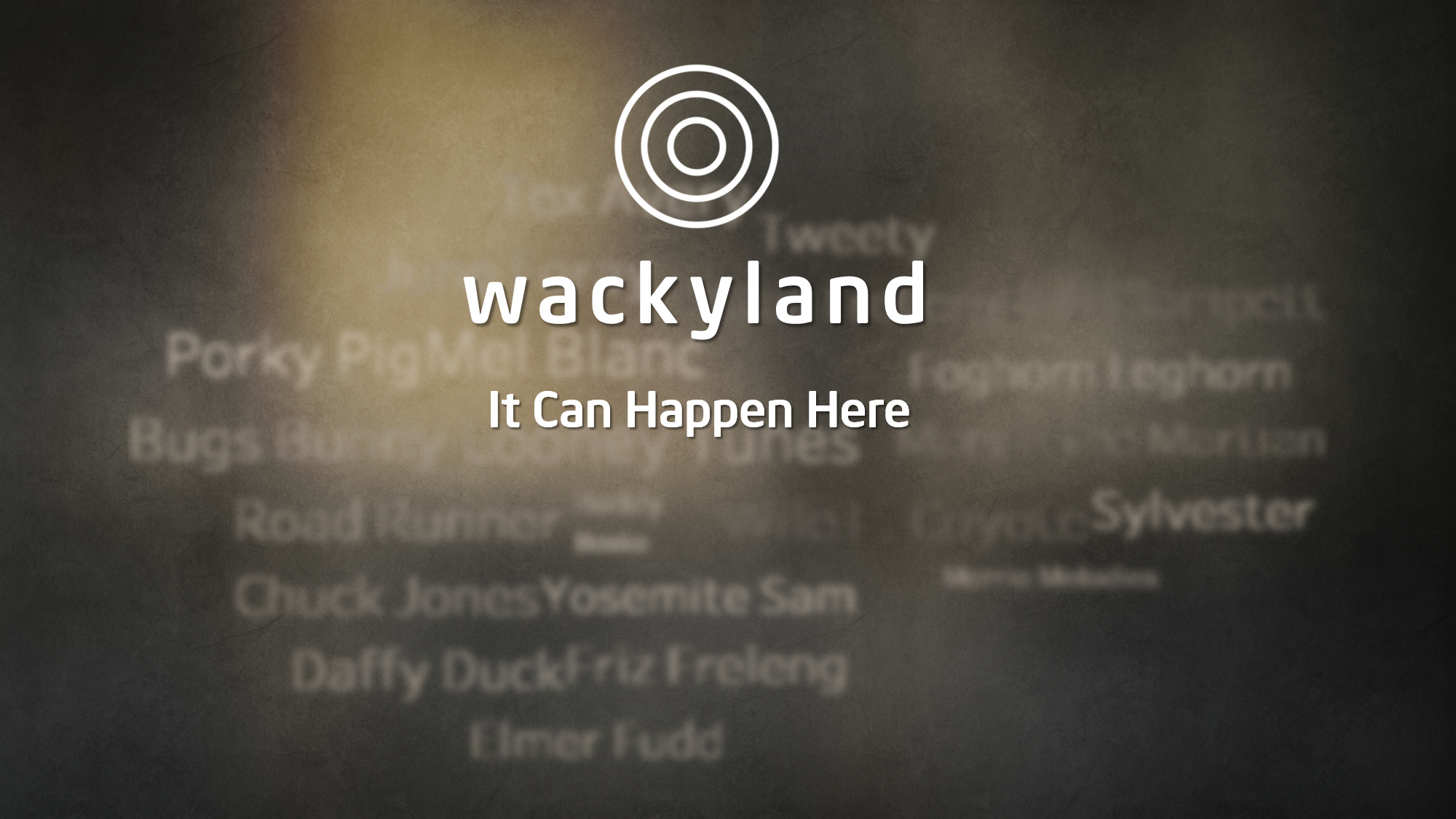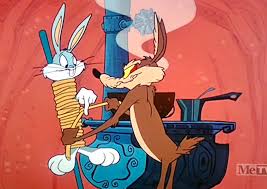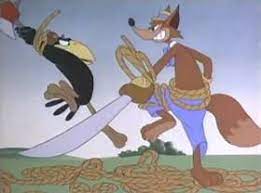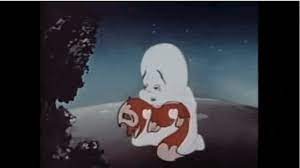“ZZZzzz-ZZZzzz”
Supervision by Charles M. Jones; Story by Rich Hogan; Animation by Philip Monroe; Musical Direction by Carl W. Stalling. A Looney Tune released on March 8, 1941.
Let’s say I asked four different people to draw up a firefly for a piece of media and these were the results:
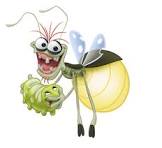
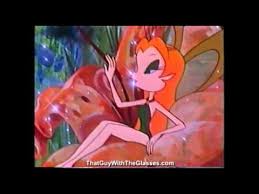
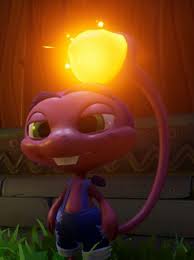
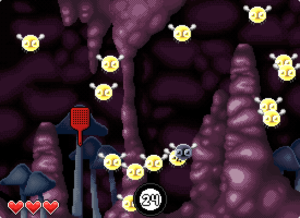
Which one would get the highest scoring grade?
That’s right, none of them. For you see, I didn’t say “firefly” like a beetle from the Lampyridae family, I said “firefly.” You know, an insect version of a fireman. That’s what I’m choosing was going through Chuck and co.’s heads when designing the title character. That way, I can say that for once in my life, someone made one of these animals actually look remotely accurate to real life.
In these early, pre-Smokey Bear days, the job of keeping aware of potential threats to the forest fell to the smaller animals. Rather, that’s what I think Mr. Glow is doing here. His motivation isn’t really explained. He just enters a tent and explores therein. He doesn’t want to disturb the camper though, so he’s being extra quiet. We’re “light” on laugh-out-loud moments as this is short is in the vein of Chuck’s Sniffles’s pictures: tiny creature exploring the larger world. Hi-jinks ensue.
The man Joe lands on (awkward cut!) is indeed asleep, so that means Joe can make the rest of his rounds in peace. Relative peace, anyway, for this man snores. What’s a minor nuisance at best to fellow humans, becomes a mixture of wind tunnels and earthquakes to those at Joe’s scale. Shaken, he lands on the chest area. Things are a little more stable there. Making his way to the closest finger, he stops to make sure the wrist watch is set correctly. (Lovely shot from inside the timepiece.) Joe then sees another thing he’d better check out: a flashlight. That could possibly cause a fire! It’s had a troubled past!
Nope. Checks out. It’s in perfect working condition, too. The man briefly awakes at the brightness, but Joe is quick to turn it off, taking cover in the dark. Camper goes back to sleeping, and Joe decides to keep on. Even though the man isn’t a light sleeper, he is a sound sleeper, as Joe walking across a cracker doesn’t even make him stir. Better see how the rest of the food is doing. Looks like all the salt is still here, there, and entirely coating Joe. At least now he knows not to open the container that way.
Where there’s salt, there’s pepper. Joe checks that too. And he sneezes of course. Got a hefty set of lungs for an animal that doesn’t possess any. It rockets him out of the shaker, and into a catsup bottle that is now teetering on the edge of the table. But Joe earned that hat he wears. He knows just what to do in situations like this. He grabs some string (which looks kind of out of place, doesn’t it?) and is able to lasso it, and safely lower it to the ground. I’d say everything seems to be on the up and up. His work done, Joe flies out.
It’s then that he remembers the most important part of the inspection. Flying back he wishes the man “goodnight”. Making sure to shout it directly into his eardrum of course. It’s the only way to be heard at that size.
Favorite Part: When Joe is flying away at the table, the background artists remembered to show the spilled salt. I love when details aren’t forgotten like that.
Personal Rating: You know, I could see many casual viewers thinking this short is boring. It’s not. It’s charming. Still, for those who aren’t mature enough for this one, they can see it as a 2. Me though, I think us true fans can give it the 3 it deserves. This is a beautiful picture! The grayscale world really illustrates that the camper is miles away from civilization and its overabundance of light. Things are dark here, and the only source of light is Joe’s lantern. You just wouldn’t be able to sell the idea as well with technicolor. In fact, I’m giving it a 4 for me. Maybe you can do the same.
